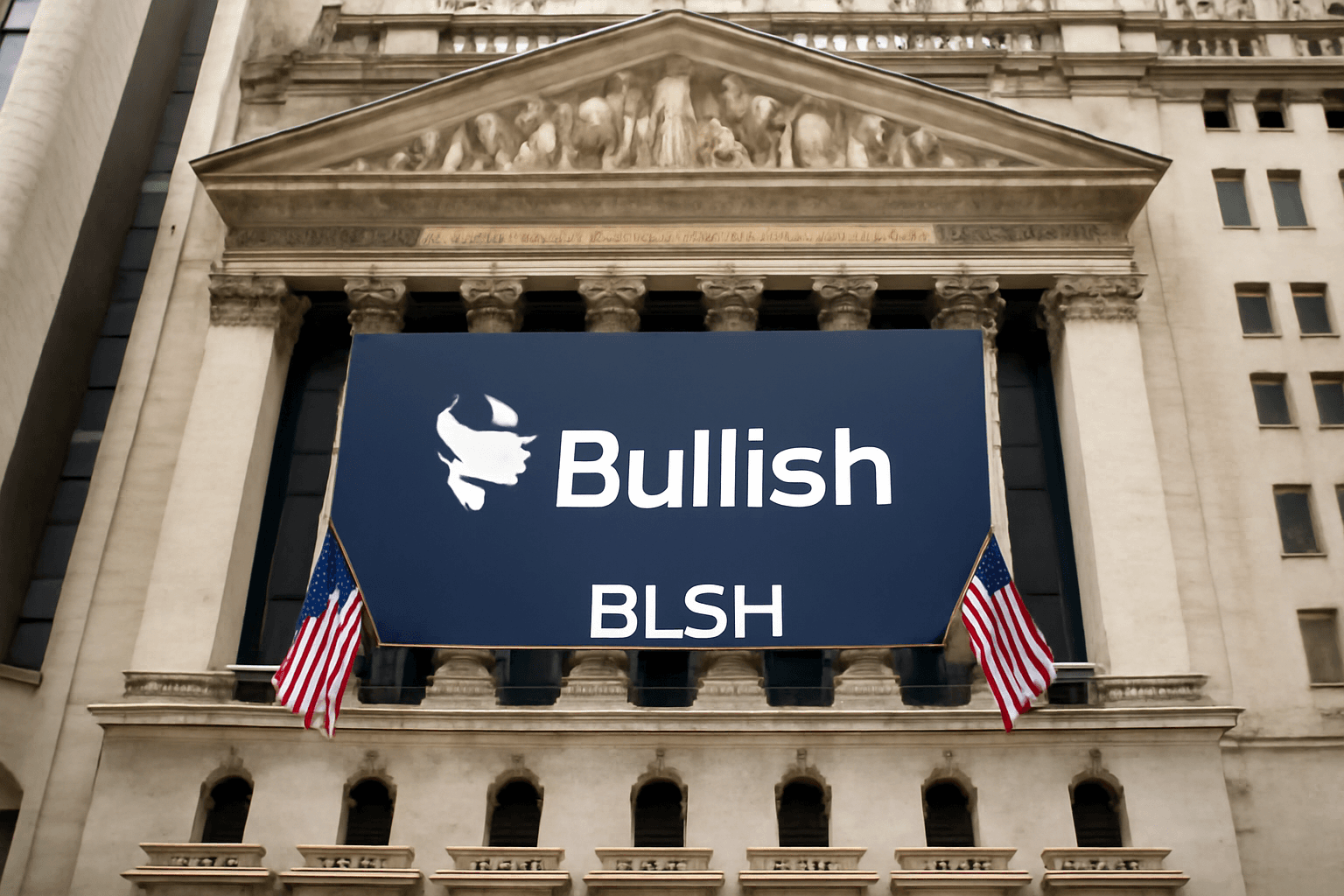A Fresh Path to Bitcoin's Sustained Growth
This year, bitcoin’s price action resembles a classic V-shaped recovery. Early 2025 gains vanished, only to be sharply reclaimed, bringing the cryptocurrency close to its recent all-time high despite some volatility.
Beyond Volatility: What’s Driving Bitcoin Now?
While bitcoin has always been known for its price swings, a notable shift is underway. Experts point to a fresh foundation for bitcoin’s support: the cautiously growing adoption by financial advisors and institutional investors. Unlike traders and retail buyers who react swiftly, these entities are embracing bitcoin at a steadier, more deliberate pace.
ETF Inflows Highlight Shifting Market Dynamics
Even amidst some recent outflows, bitcoin exchange-traded funds (ETFs) continue to attract significant capital. The iShares Bitcoin Trust (IBIT) experienced its second-highest monthly inflow ever in May, raking in $6 billion. Year-to-date, this ETF has amassed close to $12 billion, showing consistent growth across weekly, monthly, and quarterly periods.
Nate Geraci, president of an ETF advisory service, described the iShares bitcoin ETF’s momentum as "remarkable," emphasizing its rapid rise to a $72 billion valuation less than 18 months after launch. This places IBIT among the top five ETFs by inflows industry-wide in 2025.
Institutional Caution Turns to Confidence
The growing adoption isn't happenstance. Geraci explains that financial professionals typically proceed through education, due diligence, and measured implementation before embracing a new asset. Bitcoin has now reached that tipping point, with many advisors and institutions comfortable incorporating it into diversified portfolios.
In fact, bitcoin’s recent decoupling from traditional markets has bolstered its appeal as a distinct asset class offering low correlation benefits.
Where Bitcoin Stands Among ETFs
Among all ETFs this year, only major S&P 500 funds and a few Treasury ETFs have exceeded IBIT in inflows, highlighting bitcoin’s growing legitimacy in mainstream investing.
Inside the Adoption Curve: Insights from Industry Leaders
Jay Jacobs, head of U.S. equity ETFs at iShares, outlines three sequential adoption phases for new asset classes: initial product launch, investor education, and finally implementation or allocation. He believes bitcoin has now moved well into the last stages, noting that even within major asset managers, bitcoin ETFs appear in alternative investment allocations.
Jacobs also points out that interest in ethereum, tracked by the iShares Ethereum Trust, is accelerating. With nearly $1.5 billion in inflows this year—mostly concentrated in recent weeks—ethereum is gaining traction due to improved performance, positive regulatory signals around stablecoins, and technical upgrades.
However, ethereum is viewed as an emerging tech play, contrasting bitcoin’s role as “digital gold.” Geraci cautions that widespread advisor comfort with ethereum remains in the early days.
Looking Ahead: More Crypto ETFs on the Horizon
As regulatory environments evolve, the market anticipates a surge of new crypto ETFs, offering investors broader access and choices within this growing asset class.
Conclusion
The evolving financial landscape is positioning bitcoin not just as a speculative commodity, but as a potentially enduring fixture in institutional portfolios. With steady inflows, growing knowledge, and increasing acceptance, bitcoin’s path forward is increasingly underpinned by thoughtful, strategic investment rather than short-term trading zeal.













